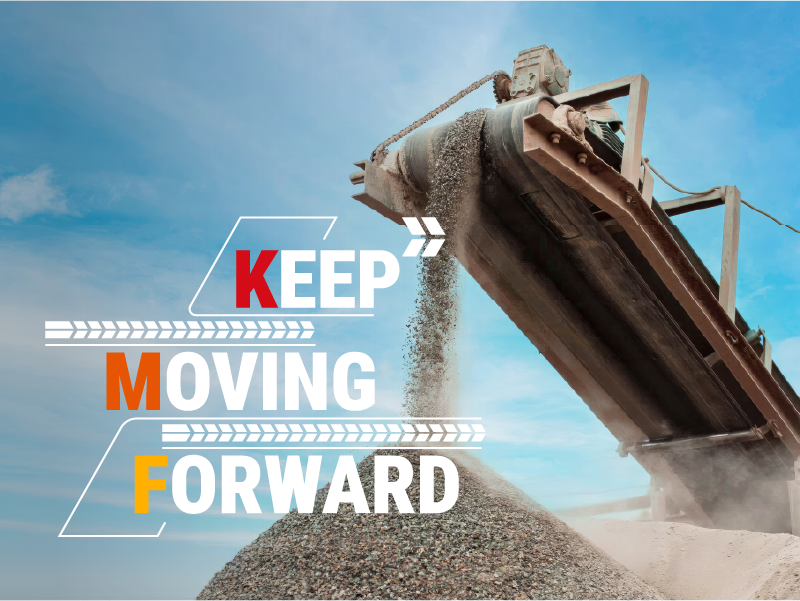- Home
- FAQ
FAQ
Probelt Global Limited (PGL) continuously innovates and develops new technologies while consistently improving quality, making us your most trusted partner and best choice.
Q1. What is rubber? From which plants can rubber be obtained?
Rubber is a high-molecular material with reversible elastic deformation capabilities. It can deform under external force and return to its original shape once the force is removed.
Rubber is characterized by high elasticity, stretch ability, and abrasion resistance, and is widely used across various industries such as agriculture, construction, mining, transportation, recycling, and healthcare.
Rubber is primarily obtained from plants that produce latex, which is a milky, gel-like fluid containing rubber particles, water, proteins, and resins. This latex contains natural polymers (mainly polyisoprene) that can be used to produce natural rubber.
Common rubber-producing plants include:
- Hevea brasiliensis (Brazilian rubber tree) – the main global source of natural rubber
- Parthenium argentatum (Guayule)– a desert shrub alternative
- Ficus elastica (Indian rubber tree)
- Taraxacum kok-saghyz (Russian dandelion)
Q2. What is a rubber conveyor belt and what are its features?
A rubber conveyor belt is a type of equipment widely used in industrial production processes for transporting materials, products, or bulk goods. It is made from a combination of materials such as rubber, polyester fibers, or add with reinforced steel breaker. Rubber conveyor belts are characterized by high tensile strength, wear resistance, impact resistance, large load capacity, and long service life.
Features:
- High load capacity:
Rubber conveyor belts with multi-layer reinforcement structures can carry extremely heavy materials and are often used for bulk material transportation. - Puncture resistance:
Rubber conveyor belts reinforced with steel wire layers provide excellent puncture resistance. - High elasticity and impact resistance:
Rubber conveyor belts possess good elasticity and impact absorption properties, ensuring stable material transport and reducing the risk of material spillage. - Long service life:
Under normal operating conditions, high-quality rubber conveyor belts are durable and long-lasting. - High wear resistance:
The surface of a rubber conveyor belt offers high wear resistance, effectively withstanding rough materials and friction. - Acid and alkali resistance:
Certain rubber conveyor belts can be customized with chemical-resistant properties, making them suitable for transporting chemical fertilizers and similar materials. - Oil and grease resistance:
Some rubber conveyor belts can be designed with oil-resistant properties, suitable for applications such as feed transportation, wood processing, and waste recycling plants. - Customizable design:
Rubber conveyor belts can be manufactured in various forms to meet different conveying requirements, such as:
Shapes: flat type, patterned type, corrugated sidewall type, V-guide type, etc.
Structures: multi-layer fabric or add with steel breaker reinforcement.
Functions: heat-resistant, flame-retardant, anti-static, and more.
Q3. What are the common rubber conveyor belt joint methods?
- Vulcanized Joint (Hot Splicing):
This is the most durable and strongest joint type. It is suitable for heavy-duty transport systems, high-temperature environments, high-speed operations, and long-distance conveying. - Cold Splicing:
This method provides medium joint strength and is easier to install. It is ideal for light to medium-duty belts, agricultural applications, or as a maintenance solution. - Mechanical Fasteners (Belt Clips):
Quick to install and remove, these are suitable for temporary conveyor setups, systems that require frequent belt removal, or emergency repairs.


